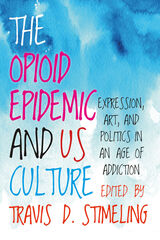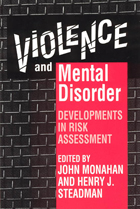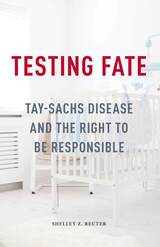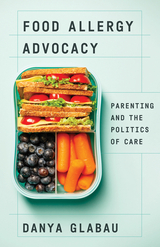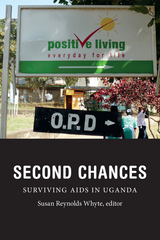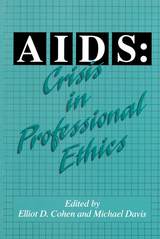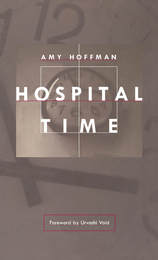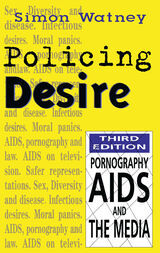Cloth: 978-0-674-21297-8
Library of Congress Classification RC570.2.R53 1996
Dewey Decimal Classification 616.8588071
Twenty-Two Years presents the results of a unique longitudinal study of the first 22 years in the lives of more than 200 young people with varying degrees of mental retardation. By following their paths through available services, job histories, leisure activities, friendships, and marriages, the authors provide objective information about the quality of life of young people with mental retardation.
The book makes a unique contribution by determining what factors in childhood predict who will and who will not require mental retardation services and, for those who disappear from services, why some fare better than others. Most important, the results help answer a question that haunts parents: "What will happen when my child grows up?"
This study expands on an internationally acclaimed clinical and epidemiological study of children with mental retardation published in 1970. It provides prevalence rates by severity of mental retardation, gender, social class, and family stability, and shows how these change over time.
The authors confirm the central role of biomedical factors in the etiology of severe mental retardation. For the etiology of mild mental retardation, the book examines the relative contributions of biomedical and intergenerational genetic factors as well as psychosocial adversity. The book should be of interest to a broad range of clinicians, researchers, and students, as well as the families of people with mental retardation, and it will serve as a model for future epidemiological and follow-up research.
See other books on: Causes | Children with Special Needs | Consequences | Epidemiology | Pediatrics
See other titles from Harvard University Press



